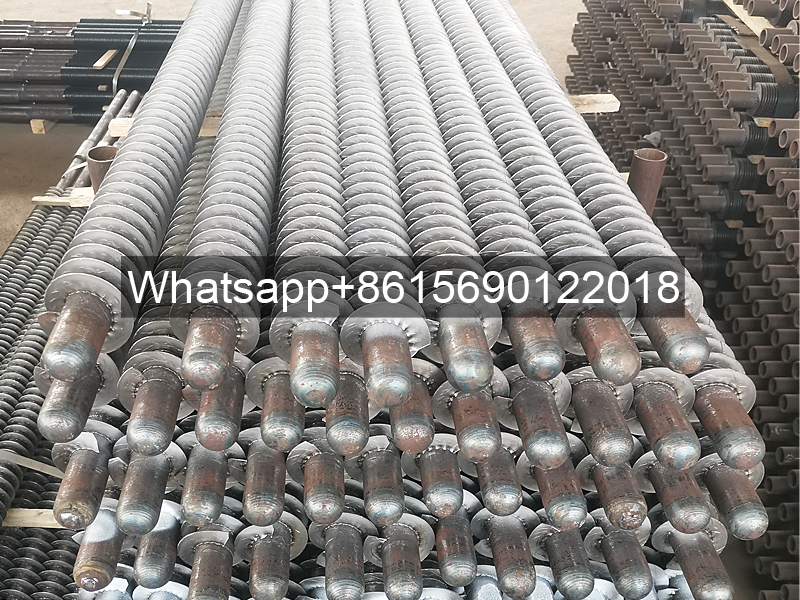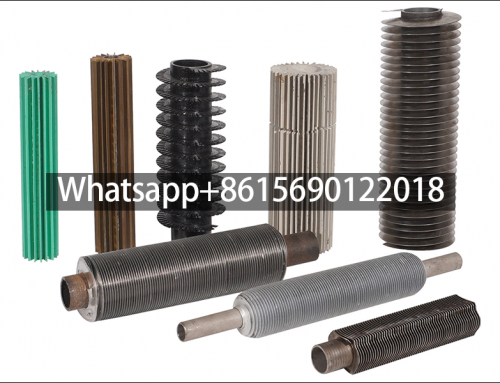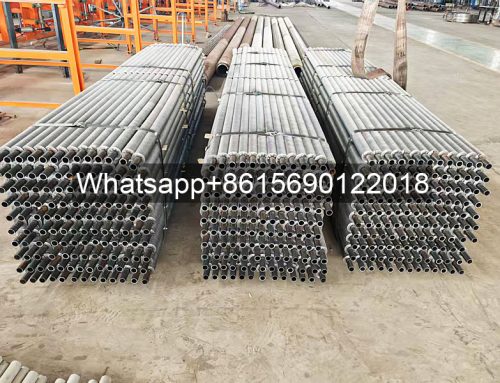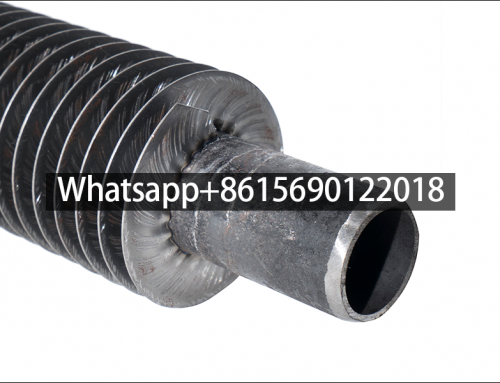Project Description
Product Name: Finned Tube Heat Pipe
- Leave Your Message
What is a finned tube heat pipe?
Finned tube heat pipe is a highly conductive heat transfer component that transfers heat through the evaporation and condensation of a working fluid within a fully enclosed vacuum tube shell. It offers a range of advantages, including extremely high thermal conductivity, excellent isothermal properties, the ability to arbitrarily adjust the heat transfer area between the hot and cold sides, the ability to transfer heat over long distances, and temperature control. Heat pipe heat exchangers comprised of heat pipes offer high heat transfer efficiency, compact structure, minimal fluid loss, and favorable dew point corrosion control.
They are widely used in industries such as metallurgy, chemical engineering, oil refining, boilers, ceramics, transportation, textiles, and machinery, achieving significant economic benefits as energy-saving devices for waste heat recovery and process heat utilization.
How Finned Tube Heat Pipes Work?
Gravity heat pipes are commonly used in heat pipe heat exchangers for energy conservation (waste heat recovery). Gravity heat pipes consist primarily of a tube shell, end caps, and a working fluid. One end of the tube is the evaporator (heating section), and the other is the condenser (cooling section). Depending on the application, an insulating section can be placed between the two sections.
Heat pipes are heat transfer elements that rely on the phase change of their internal working fluid to achieve heat transfer. They have extraordinary thermal activity and thermal sensitivity, absorbing heat when exposed to heat and releasing heat when exposed to cold.
Basic characteristics of fin tube heat pipes
(1) Superior thermal conductivity: The heat transfer speed is fast, strong, and efficient, and the heat transfer speed can reach the speed of sound.
(2) Good isothermal properties: Good isothermal properties enable heat pipes to transfer large heat fluxes with low heat transfer resistance under very small temperature differences.
(3) Heat flux density variability: Heat pipes can independently change the heating area of the evaporation section or the cooling section, that is, heat is input with a smaller heating area and output with a larger cooling area, or heat pipes can input heat with a larger heat transfer area and output heat with a smaller cooling area.
(4) Safety and reliability: There is no overpressure in the pipe, and there is no fear of dry burning. After the liquid working medium is vaporized, the internal pressure of the heat pipe does not change with changes in temperature.
(5) Environmental adaptability: Not restricted by the environment, heat pipes can be individually designed according to environmental needs.
(6) Wide range of applications. The shape of superconducting heat pipes has greater flexibility, a wider range of applications, and can adapt to various harsh working environments.
Heat pipe principle
Heat pipes are the main heat transfer components of waste heat recovery devices, which are essentially different from ordinary heat exchangers. The heat transfer efficiency of heat pipe waste heat recovery devices can reach more than 98%, which is incomparable to ordinary heat exchangers.
The heat pipe waste heat recovery device is small in size, only 1/3 of an ordinary heat exchanger. High-temperature flue gas is discharged from the left channel. When discharged, the high-temperature flue gas flushes the heat pipe. When the flue gas temperature is greater than 30°C, the heat pipe is activated and automatically transfers heat to the right. At this time, the left side of the heat pipe absorbs heat. After the high-temperature flue gas flows through the heat pipe, the temperature drops. The heat is absorbed by the heat pipe and transferred to the right.
Under the action of the blower, clean air (water or other medium) at room temperature flows in the opposite direction along the right channel to flush the heat pipe. At this time, the right side of the heat pipe releases heat, heating the clean air (water or other medium). The temperature of the air increases after flowing through the heat pipe.
Heat Pipe Performance Characteristics
1. High Safety and Reliability:
Conventional heat exchange equipment typically uses inter-wall heat exchange, with hot and cold fluids flowing through the wall separately. Leaks in the tube or vessel wall can cause production losses. Heat pipe waste heat exchangers use secondary inter-wall heat exchange, meaning the heat flow must pass through both the evaporator and condenser sections of the heat pipe before reaching the coolant.
2. Heat pipe waste heat exchangers offer high heat transfer efficiency and significant energy savings.
3. Heat pipe waste heat exchangers offer excellent corrosion resistance.
The heat pipe wall temperature can be adjusted. By properly shifting the heat flow, the wall temperature can be kept above the dew point of the low-temperature fluid, preventing dew point corrosion and ensuring long-term operation. By avoiding the flue gas dew point, dust is less likely to adhere to the fins and tube walls. Furthermore, the heat pipe generates self-vibration during heat transfer, preventing dust from adhering to the tube walls and fins, thus preventing clogging.
4. Flexible Installation and Layout:
The heat pipe waste heat recovery unit can be installed without changing the existing process system. Its structural design and layout are highly flexible, adapting to a variety of complex applications.
5. Long Service Life:
With a service life of over 10 years, individual heat pipes can be removed and replaced, simplifying maintenance and reducing costs.






